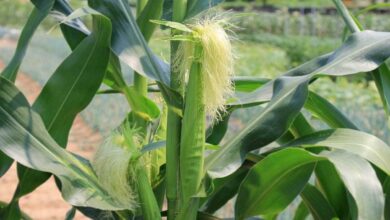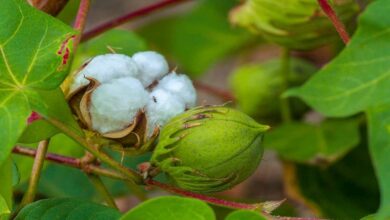Marigold Flower Cultivation: Adopt this technique to prepare nursery of marigold flower
Marigold Flower Cultivation: Large-scale flower growing has begun in Bihar. There are two methods for farmers to grow flowers. First, they may sow flower plants in the open field just like other crops, and second, they can use the protected cultivation approach. This helps the crop since it is prepared artificially, i.e., in a polyhouse. Farmers may alter the environment in protected farming to suit the needs of the plants.

Off-season flowers, ornamental plants, etc., may be produced all year round in the altered habitat. Protecting the crop against biological and non-biological influences is the primary goal of protected farming, which lowers the cost of fertilizer and medication while increasing crop yield.
When growing marigold, bear these points in mind
Farmers may install drip irrigation if they grow flowers in polyhouses. it addresses the issues of heat and water scarcity. Additionally, less fertilizer and manure are required. Open-air farming has a number of biological and non-biological risks that impact crop quality and output. Plants are vulnerable to a wide range of illnesses when they are in biological peril. Abiotic hazards, on the other hand, include climate change-related temperature increases, intense heat, drought, and flooding, all of which have an impact on crops. Farmers’ income is lowered by all of these causes.
How marigold blooms are grown
Although marigold flowers may be grown in a variety of soil types, according to agriculture expert Abhishek Singh, well-drained loamy soil with a pH of 7.0 to 7.6 is thought to be ideal for production. Deep plowing should be done to prepare the ground. When plowing, add 15 to 20 tons of compost or rotting cow dung to the soil to level the field. In the field, combine three bags of potash, ten bags of single super phosphate, and six bags of urea per hectare. At the time of planting, split the urea into three equal portions and provide the whole amount of potash and single superphosphate.
After 30 to 45 days, provide a second dosage of urea
30 and 45 days after transplanting, provide the second and third doses of urea in the spaces between the plant rows. Remember that farming depends heavily on sunshine. To preserve soil quality and boost output, farmers should switch to biofertilizers like Azotobacter, Azospirillum, and others rather than chemical fertilizers. Additionally, employing bio-fertilizers lowers the cost. It is preferable to use nursery-grown plants rather than seeds when starting a garden for the first time.
One hectare will need 60,000 plants
According to agriculture expert Abhishek Singh, farmers may even create their own plant nurseries. One acre of land requires around 600–800 kilos of seeds. It may be seeded from June to July during the wet season. It may be seeded from September to October in the winter. Manure from cow dung and soil or coco peat may be utilized in this. The plants are ready for transplanting in 15 to 20 days after the seeds require 5 to 10 days to germinate. Purchasing pre-made plants saves time and ensures that the plants are healthy. For a one-hectare transplant, 50–60,000 plants are required, and the transplant should be done in the nighttime.





